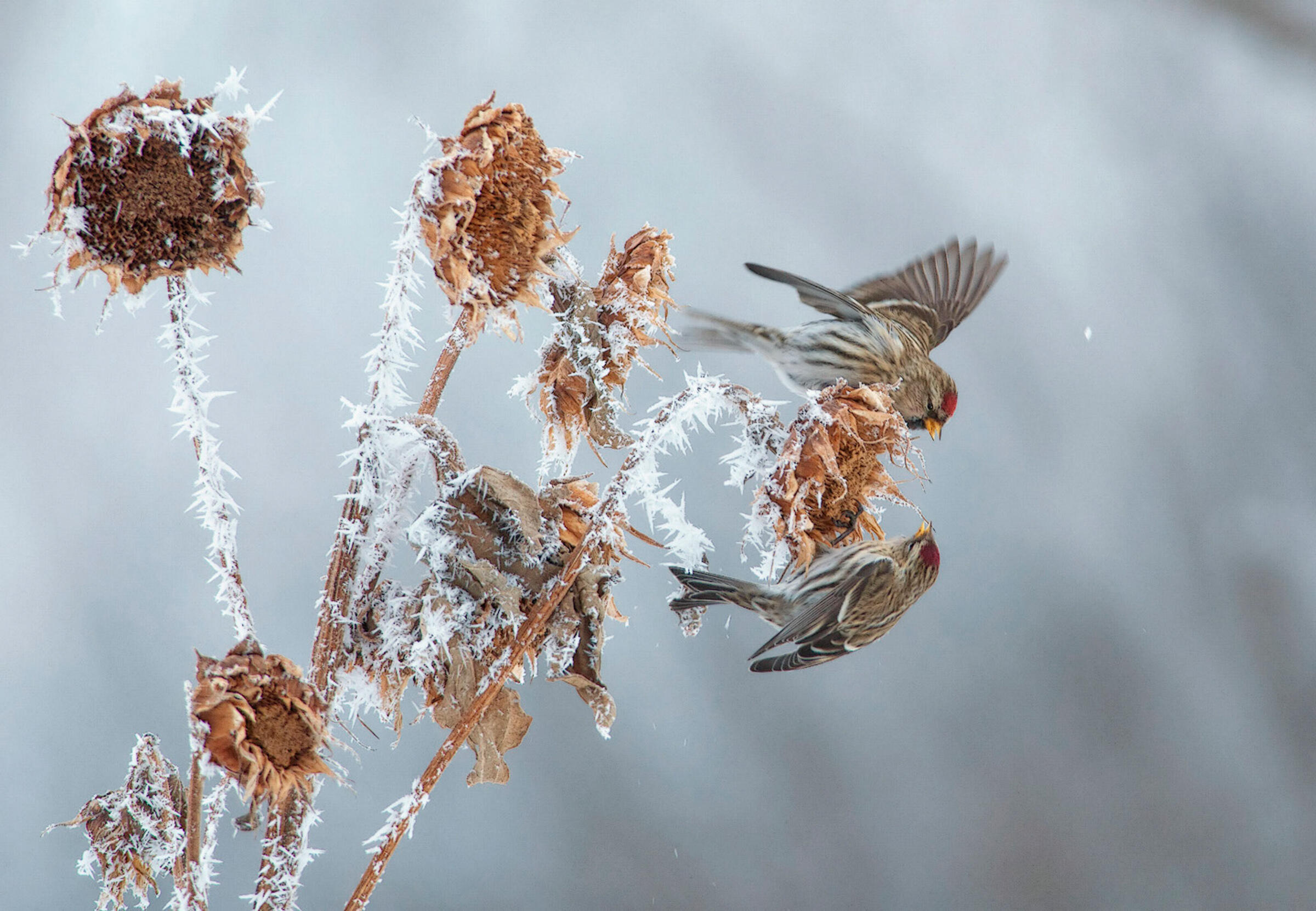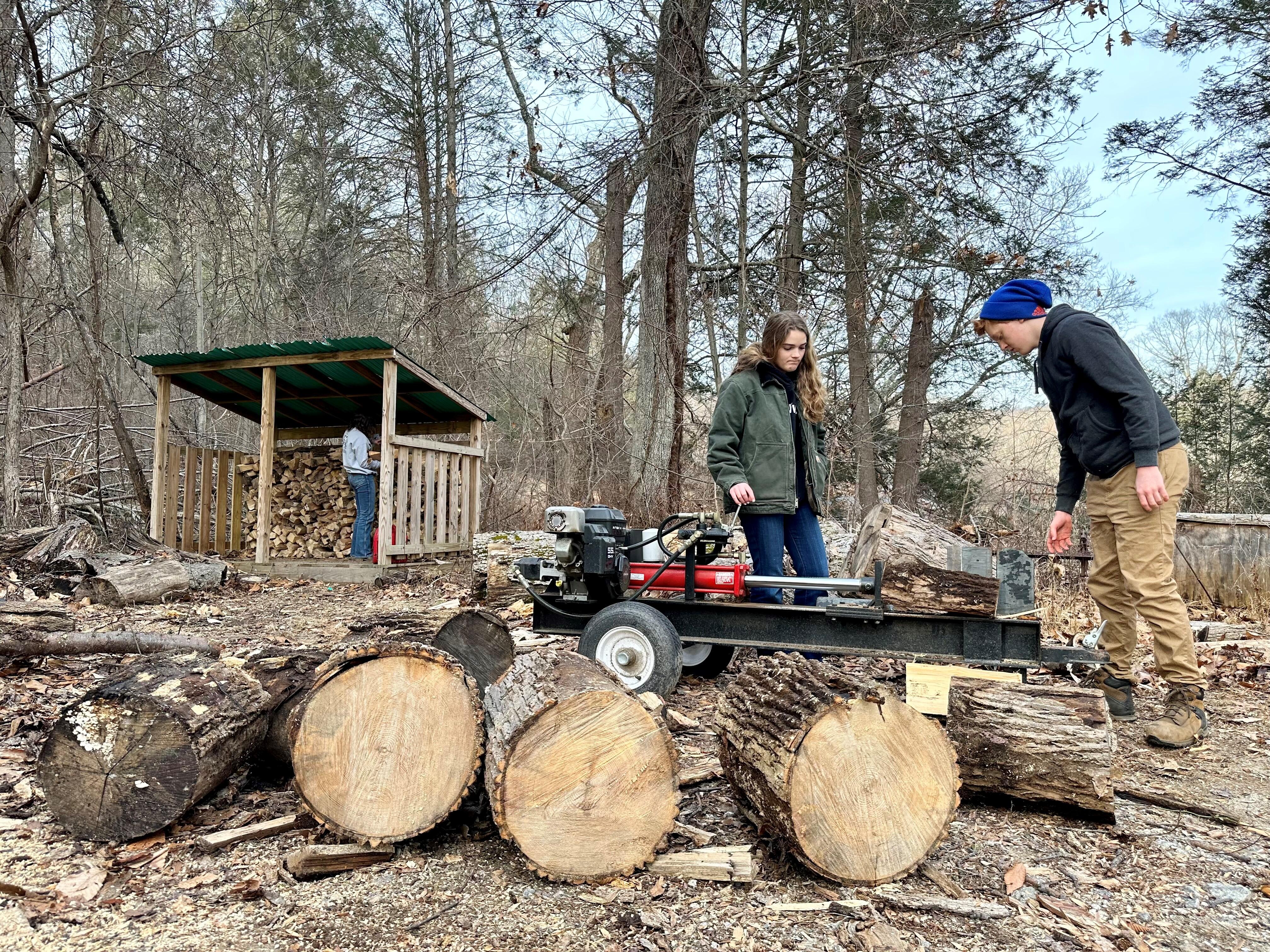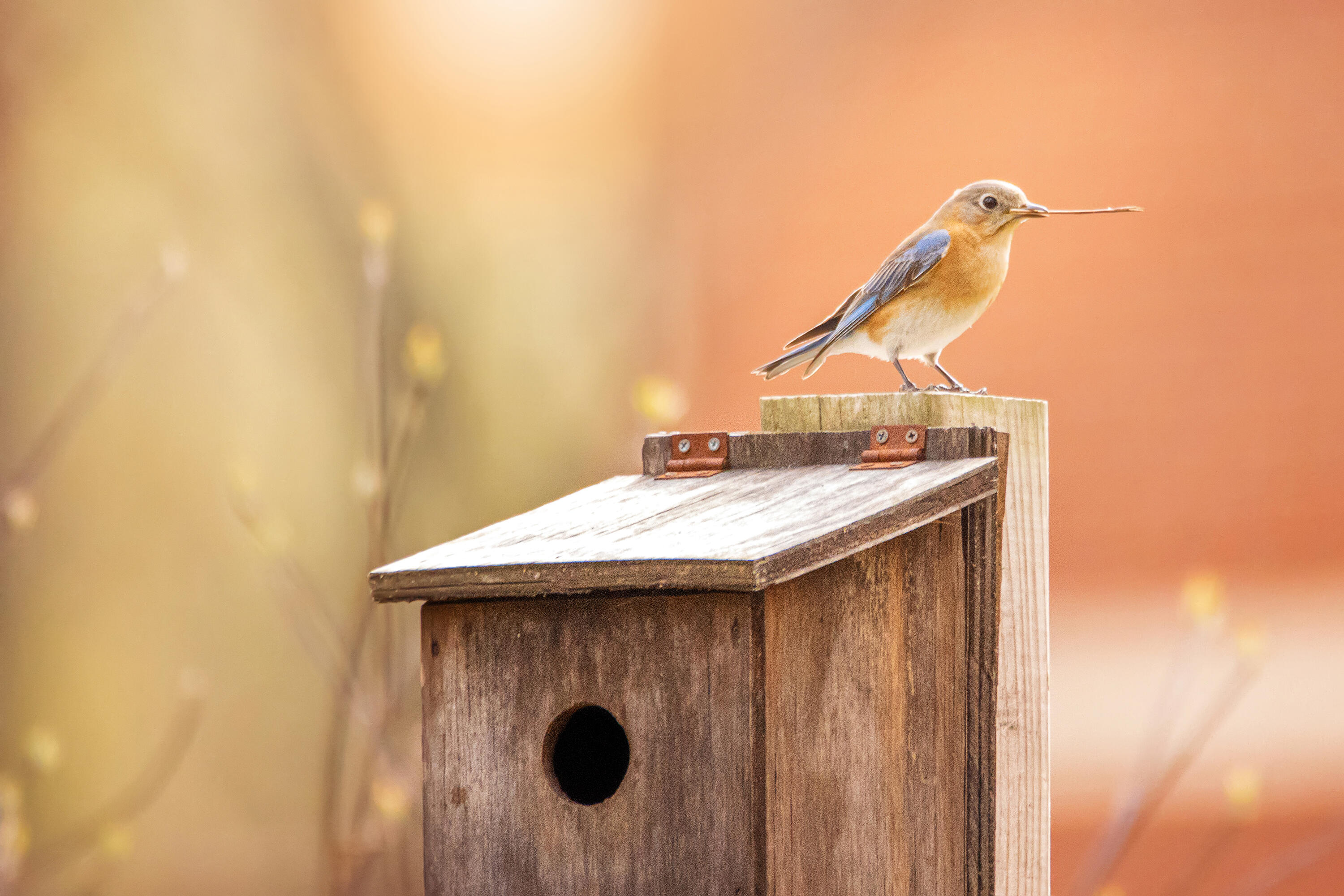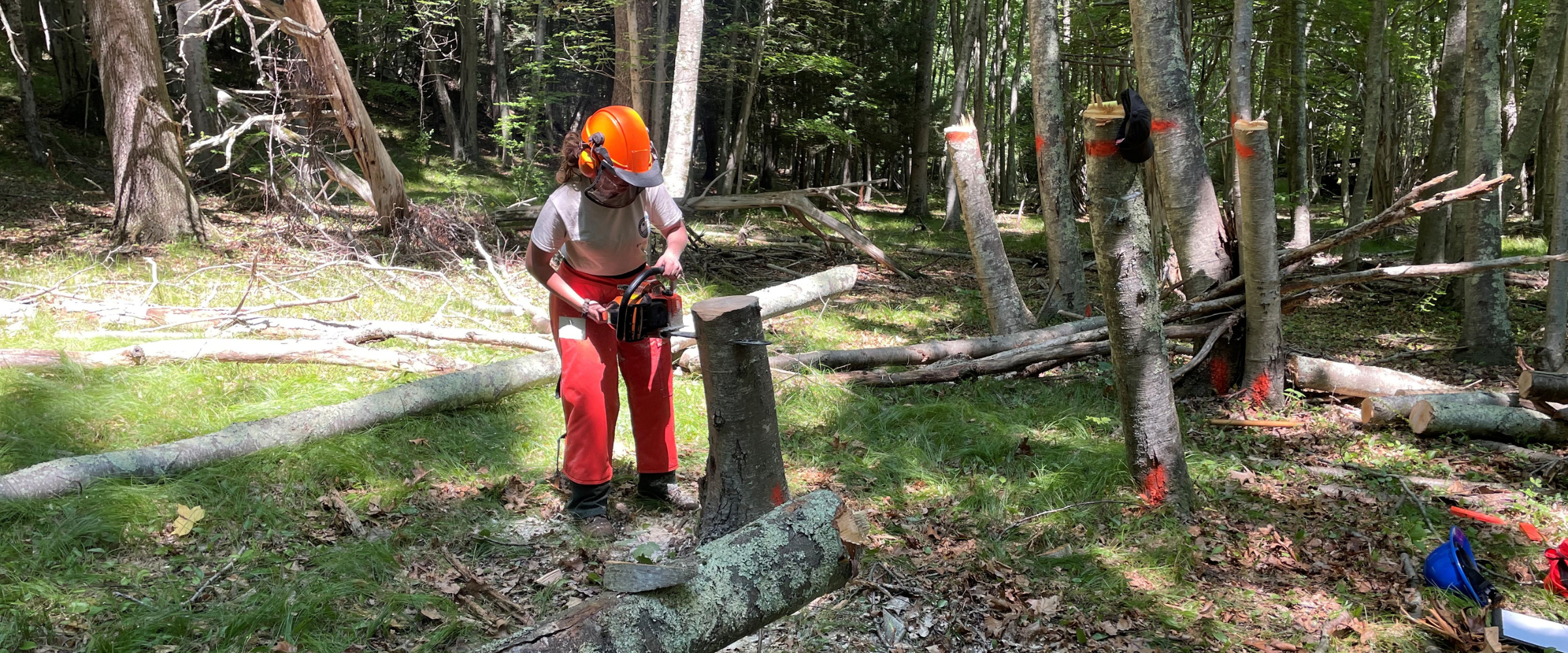Because winter can be a slower season for many, it’s a great time to take stock of what strategies and techniques worked from the year prior, what didn’t, and what new objectives you have for the year ahead. Use the results of this evaluation to guide your future work - habitat management is an iterative, flexible process. We highly recommend working with forest professionals who can help you complete a habitat inventory and set up goals for your land.
That said, if you have a plan or you want to test your hand at some more basic tasks, consider any of these options:

Certain invasive plant removal is more efficient and safer in winter
Woody invasives such as privet, multiflora rose, porcelain vine, and Asiatic bittersweet are relatively easy to identify and access during the winter. Because of this, winter removal is generally more efficient and safer than removal during other parts of the year.
Some of these plants will still have their fruits, however, which can help spread invasions if proper care is not taken. Any plants bearing fruit should be placed in trash bags and solarized before disposal.
Find the best native plants for birds in your area via our database!

Mowing in winter helps avoid disturbance to breeding and nesting birds
At the Greenwich Audubon Center, Land Steward Matt Viens typically does a portion of his annual wildflower and grassland mowing in December. There are multiple times throughout the year that are suitable for mowing, but doing a portion in the winter reduces pressures on breeding and nesting bird populations, and can allow heavy equipment to access otherwise wet areas.
Winter mowing also ensures that desirable plants have already gone to seed, encouraging successful regrowth come spring. Matt leaves cut plants where they are and keeps some areas uncut, as resident birds often depend on the seeds for their winter meals.

Tree pruning and larger cuts promote biodiversity and improve forest health
For DIYers (and landscaping professionals), pruning in winter is a good option because it reduces the likelihood of insect or disease damage, as many problematic species are either dead or dormant. Without leaves on trees, it is also easier to visually identify structural issues and make the appropriate pruning cuts.
At the Bent of the River Audubon Center, a portion of the forest serves as a demonstration area for best management practices. One such area is the site of an abandoned saw mill, where a monoculture of black birches have created a closed canopy. The forest floor is filled with white oak and other oak saplings which, as a result of the canopy cover, cannot access enough light to grow.
Led by Land and Facilities Manager Glen Somogie, Bent’s Junior Forest Technicians – along with a Connecticut forester – assessed the area and determined the best course of action would be to remove all invasive plant species and then fell several of the black birches. Doing this in winter is best because is less impactful to the forest soil, since the ground is colder and firmer.
Creating these canopy gaps will bring more light to the forest floor, promoting new growth and more biodiversity, which in turn will create new and different habitat for birds when they return and/or begin nesting in spring!

Nest box building and cleaning ensures birds have safe spaces come spring
Properly constructing and placing nest boxes in appropriate habitat has helped the Eastern Bluebird make a comeback. In late fall and winter, clean and repair existing boxes if necessary. You don’t want the birds to build their nest on top of existing materials, leaving their eggs and chicks dangerously close to the entrance hole!
Sharon Audubon Center Land Steward Mike Dudek spends a portion of his winter repairing, replacing, and putting up nest boxes for American Kestrels. There are now over 80 nest boxes mounted and monitored by “The American Kestrel Nest Box Program,” started by former Audubon wildlife biologist Art Gingert. Landowners with large open fields and grasslands have the perfect habitat for birds, and should consider adding and maintaining a nest box for this declining species.
Nest boxes for Purple Martins, Wood Ducks, owls, Tree Swallows, and other birds can all be put up in winter.
How you can help, right now
Get Involved
There are so many great ways you can get involved with Audubon Connecticut and make a difference for both the wildlife and the people who call Connecticut home.
Visit Our Centers
Connect with our nature centers in Greenwich, Sharon, and Southbury. Each unique center offers trails, educational resources, conservation opportunities, and more.
Support Us
Through land stewardship, science, education, and advocacy, Audubon Connecticut works across the state to preserve habitat and protect bird species that are of state, national, and global concern.





